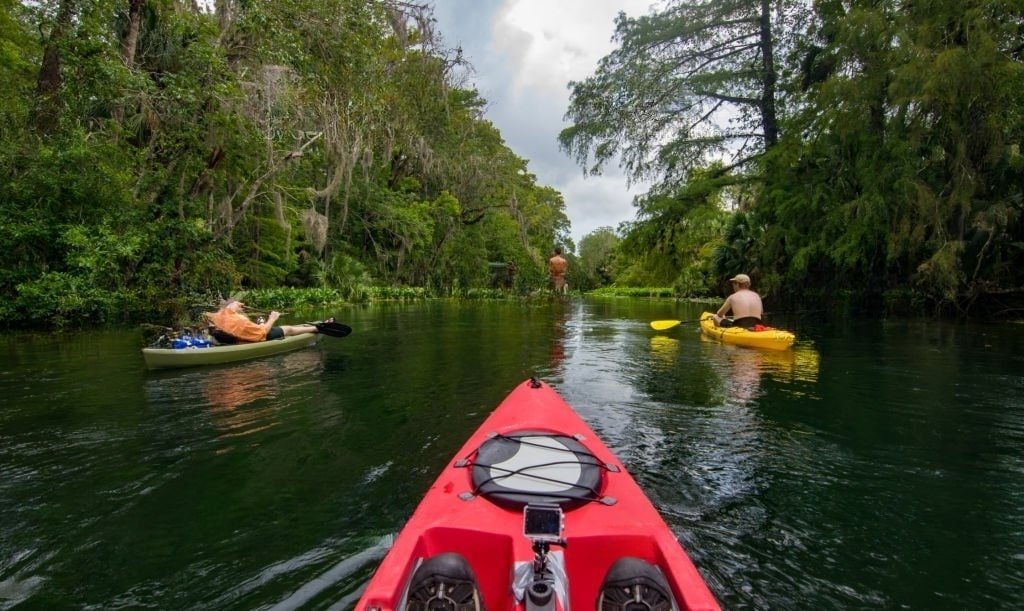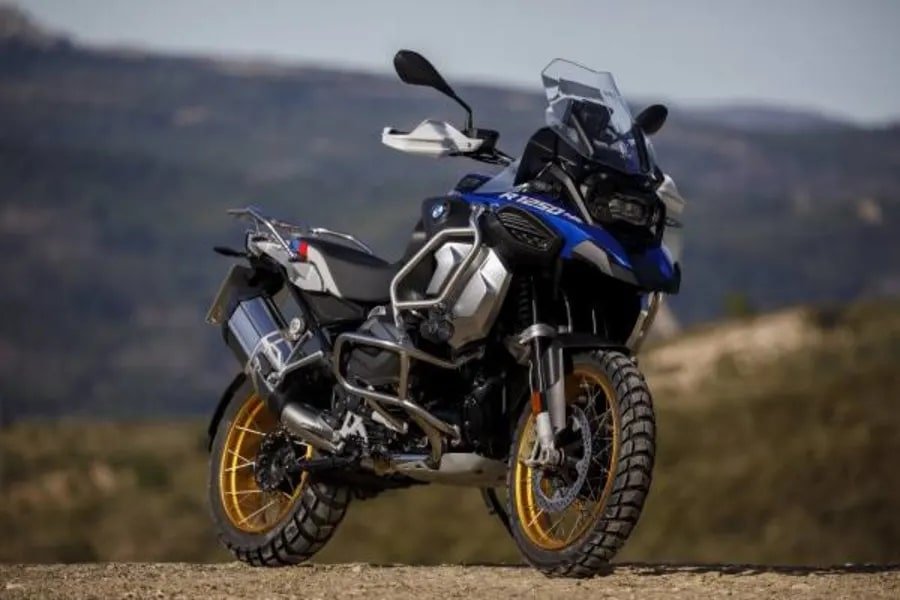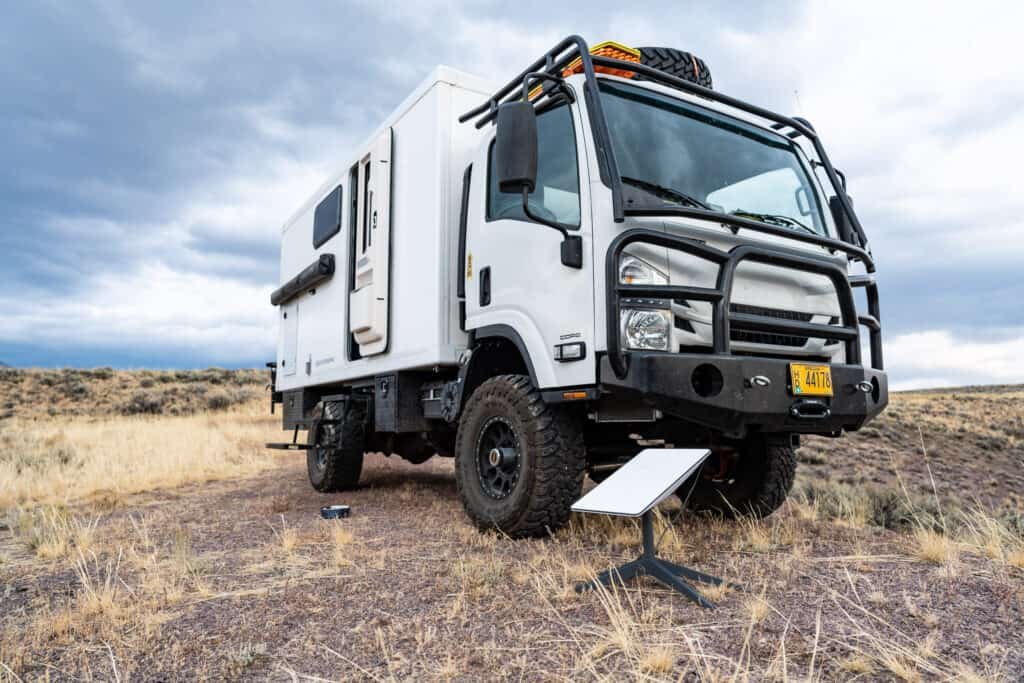Paddleboarding is a popular water sport that has exploded in popularity in recent years. Long durations of paddling, however, can be exhausting, reducing both your distance and time spent on the water. Here’s when the help of paddle board motors comes in handy! Everything from the many kinds of Paddle Board Motor and its uses to how to set one up and keep it in good working order will be covered in this article.
Types of Paddle Board Motors
There are two main types of paddle board motors:
Electric Paddle Board Motors
Batteries may be recharged to power the motors on electric paddle boards. These motors are efficient, lightweight, and safe for the planet. They are available in a range of sizes and horsepower ratings to meet the needs of a wide variety of paddleboards and paddlers. Modern electric motors are compact and lightweight, making it easy to mount one to your paddleboard.
Gas-Powered Paddle Board Motors
Paddle board motors that operate on gasoline use a more conventional fuel source. Compared to electric motors, they are more powerful and can go further. They are more cumbersome and high-maintenance, though. Those who are expert paddlers or who are searching for high-speed adventures on the water will benefit greatly from these engines.
Benefits of Using a Paddle Board Motor
Adding a motor to your paddleboard can significantly enhance your overall experience. Here are some notable benefits:
– Extended Paddling Range
A paddle board with a motor allows you to travel further without tiring as quickly. You can go on more extended trips and discover uncharted territory.
– Suitable for All Skill Levels
All experience levels may enjoy the benefits of paddle board motors. The addition of a motor may make paddleboarding more fun and accessible for paddlers of all skill levels.
– Less Physical Strain
Because of the reduced need for physical exertion, paddleboarding with a motor is accessible to people of varied fitness levels. You won’t need to worry about becoming tired, so you can enjoy the peaceful atmosphere on the lake and the gorgeous scenery.
– Versatility
Some paddle board motors even have GPS trackers, variable speeds, and battery life indicators to make your time on the water even more enjoyable.
Factors to Consider Before Choosing a Paddle Board Motor
When selecting a paddle board motor, consider the following factors:
– Paddle Board Type
Check the specifications of the engine you’re considering to be sure it will fit on your paddleboard. Different motor mounting techniques are needed for various paddle boards.
– Power and Speed
Think about how you plan to use the motor in terms of its available power and speeds. A less powerful motor might be OK if you just want to go about slowly. However, those who like excitement may prefer vehicles with more potent engines.
– Battery Life
Longevity of the battery is essential for electric motors. Pick a motor whose battery capacity corresponds to your paddling requirements so that you may go long journeys without having to worry about running out of juice.
– Weight and Portability
If you want to take your motorized paddleboard with you on trips, you should think about how heavy and cumbersome the engine would be. Design elements that reduce bulk and weight make items easier to transport.
– Budget
Consider your financial constraints and investigate motor choices that fit them. Even though high-quality motors might be pricey, they usually last longer and perform better than their lower-quality counterparts.
How to Install a Paddle Board Motor?
Installing a paddle board motor requires some basic knowledge and tools. Follow these steps for a successful installation:
Gather the Equipment
A motor, mounting hardware, batteries (for electric motors), and tools like screws, nuts, and a screwdriver are all essential pieces of equipment.
Choose the Motor Location
Find a good spot on your paddleboard to install the engine. Positioned at the stern, it will help with stability and steering.
Attach the Mounting Bracket
Fasten the bracket to the paddleboard where it will be used. For the best possible fit, please refer to the manufacturer’s guidelines.
Install the Motor
Carefully place the motor onto the mounting bracket and secure it tightly using the provided screws or bolts.
Connect the Battery (for Electric Motors)
If you are using an electric motor, connect the battery to the motor following the manufacturer’s guidelines.
Test the Motor
Before heading out into the water, test the motor to ensure it operates smoothly and responds to your controls correctly.
Go for a Test Ride
Take your motorized paddleboard for a test ride in calm waters to get a feel for the motor and make any necessary adjustments.
Tips for Maintaining Your Paddle Board Motor
To ensure the longevity and optimal performance of your paddle board motor, follow these maintenance tips:
– Regular Cleaning
Clean your motor after each use to remove any dirt, sand, or debris. Rinse it with fresh water and dry it thoroughly.
– Lubrication
Apply lubricant to movable parts, such as the propeller shaft, to prevent corrosion and ensure smooth operation.
– Check for Damage
Regularly inspect your motor for any signs of damage, such as cracks or dents. Address any issues promptly.
– Store Properly
When not in use, store your motor in a cool, dry place away from direct sunlight and extreme temperatures.
– Battery Care (for Electric Motors)
If your motor uses a battery, follow the manufacturer’s guidelines for charging and storing the battery properly.
– Professional Servicing
Consider getting your motor serviced by a professional at least once a year to identify and address any underlying issues.
Conclusion
Putting a motor on your paddleboard will open up a whole new world of water sports and exploration. It’s up to you to decide whether you want the convenience of an electric motor or the strength of a gas-powered one.









